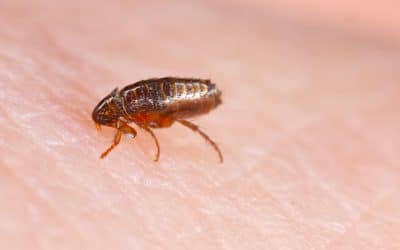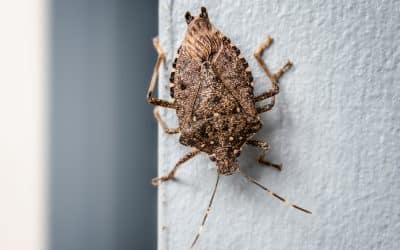
Pest Identification: Allegheny Mound Ants
Got Allegany Mound Ants on your property?
Allegany mound ants, Formica exsectoides, build large conspicuous nests in open fields and in open areas in woodlots and forests. Their large mounds are constructed of soil brought up from excavated galleries below the nest. Large colonies may include over 250,000 workers and over a 1,000 egg laying queens. The mound acts as an incubator for mound ant larvae and pupae.
Causing damage to trees and plants
The ants kill nearby vegetation including small trees and shrubs to keep shade off of the mound. They do this by chewing a small hole in the bark and injecting formic acid into the wound.
Not surprisingly, they can be a real pest in nurseries and Christmas tree plantations. They will aggressively defend the mound by biting those who dare to disturbed it. This can make life very unpleasant for those who happen to share their yards with Allegany mound ants. Mature mounds may reach over 30 inches in height, six feet across, and the subterranean galleries may go to a depth of six feet beneath the ground.
Mound ants feed on most any type of small insect or arthropod they find as they forage or hunt over the ground. The ants also collect the honeydew secretions from sap-sucking insects such as aphids and leafhoppers. They rarely enter homes or buildings in search of food, which is a very good thing.

Buzzwords
Serving Food, Not Pests: What Restaurants Need to Know
Pests and restaurants don’t mix. When you run a popular food establishment, everyone loves to stop in for a bite. Including unwanted pests. Even a small pest problem can threaten your health inspections, damage your reputation, and cost you customers. At Ford’s...
Flea FAQs: What You Need to Know
We’ve all been there: that tiny black spec…did it just move? If you’re a homeowner, few things can spark panic faster than spotting a flea in your carpet, on your bedding, or crawling on your pet. Fleas are annoying, but they also bite, can spread disease, and turn...
Bug Off! Keeping Stink Bugs Out of Your Home
Fall in New England brings crisp air, colorful leaves, and stink bugs. As soon as the temperatures start to dip, stink bugs start searching for a cozy spot to ride out the winter, and your home is often their top choice. Unless you know how to stop them. With a few...



